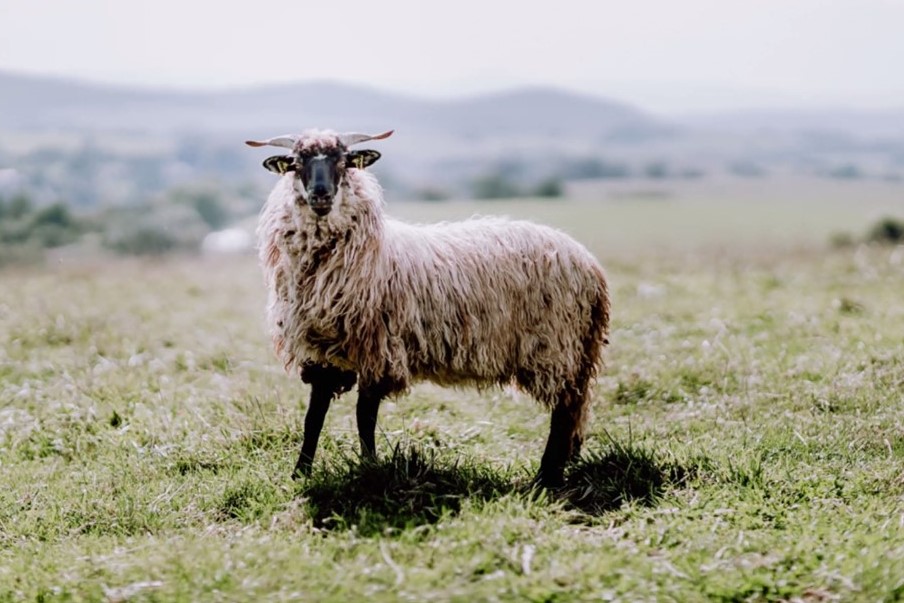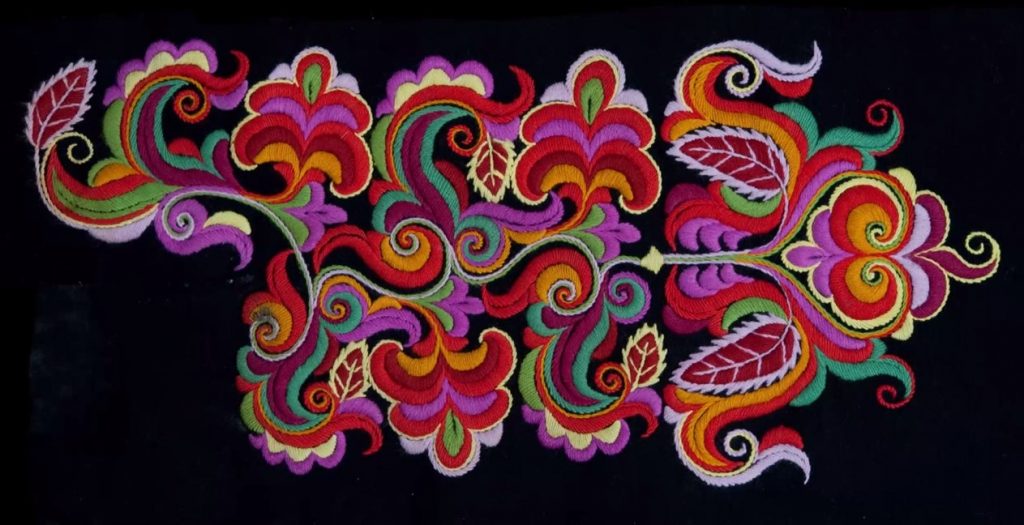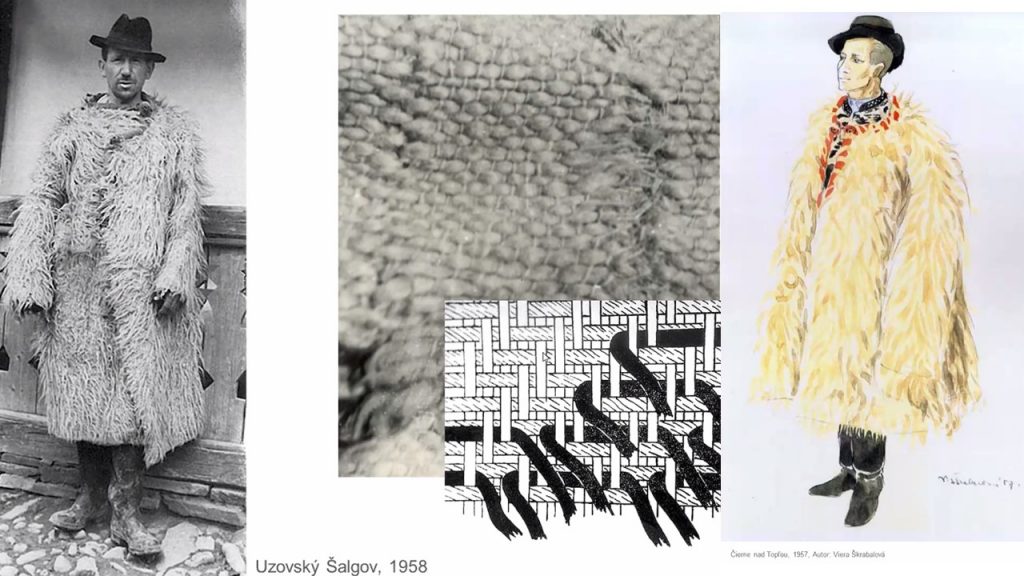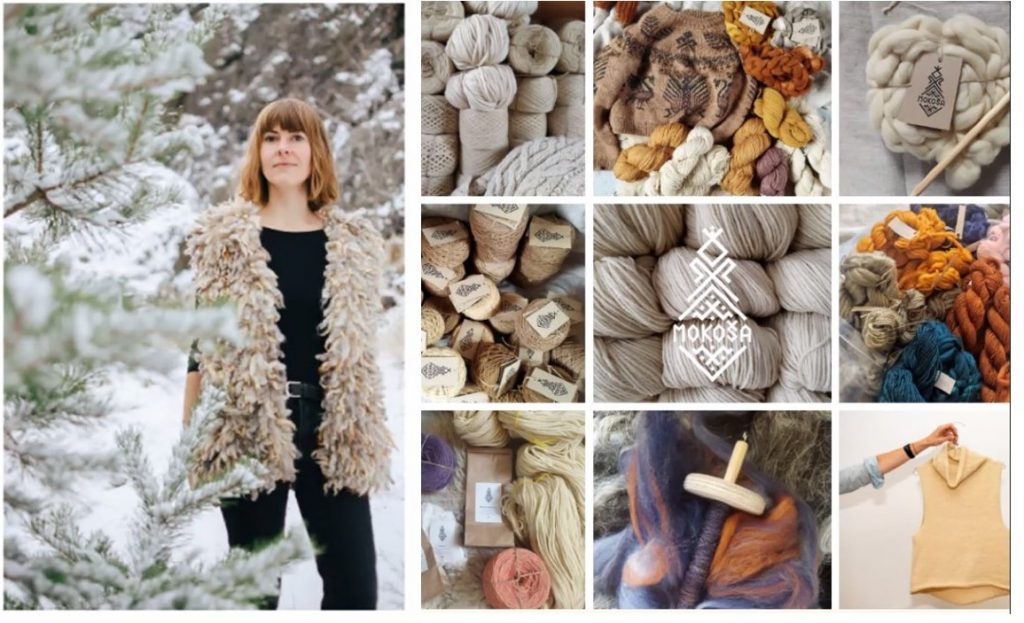Slovool webinar: A full day of sharing knowledge
The Slovool project, a cooperation between Norway and Slovakia, enabled cultural exchange around the use of wool, and especially in national dress traditions. It was funded by the Bilateral Relations Fund for the Culture Program, through the Ministry of Investment, Regional Development and Informatization of the Slovak Republic from grants from the EEA and Norway.
The exchange was manifested in a full day of lectures and discussions online; and a recording is available on Amazing Grazing’s YouTube channel (available at the bottom of the page). Speakers from academia and the value chain for wool in the two countries shared insights based on historical developments, cultural practices and how the use of local fibers – mainly wool – had emerged and changed over time.

110 people had registered online for the event, while 64 participated, many had said they wanted the recording, in order to watch later as they knew they would either be travelling or needed to watch the proceedings in their own time, due to language issues. Participants joined us from the Czech Republic, Poland, Germany, Hungary, Netherlands, Germany, UK, Italy, Romania, Spain, Portugal and of course the two hosting countries of Norway and Slovakia.
The event had been heavily marketed on social media, and therefore had in a short time gathered a lot of attention. The full-day sessions started with a welcome by Ingun Grimstad Klepp, Professor Clothing and Sustainability, Consumption Research Norway, Oslo Metropolitan University, followed by co-hosts Lubica Kováčiková and Alena Niňajová from OZ Naša Vlna, who wished everyone welcome in Slovakian.

The presentations were fast and furious, covering themes such as How the change from local spæl wool to merino in embroidery yarns impacted the bunad by Kari-Anne Pedersen, Norwegian Folk Museum to Wool in traditional Slovak folk costumes by Mgr.art Radoslava Janáčová and also The challenges of sourcing material for Slovakian folk costumes in a local value chain perspective by Mgr. Zuzana Kolcunová, both from ÚĽUV (The Center for Folk Art production). Embroidery yarns in wool had been important in both Norway and Slovakia, but changes in both the raw materials for the yarns and in the use of the folk dress, had many interesting differences that were explored.
Part of the exchange was also centered around the words used in the two languages, such as “bunad” for the Norwegian folk dress, and “sukno” for the Slovakian loden-like materials that are actually very common in both countries, called “vadmel” in Norwegian. There was also a surprising discovery when a “guba” material was shown, very common in Eastern Slovakia, worn mainly by men, which has sheep wool woven into the material itself. This is similar to the Nordic “varafell”, which became very popular during Viking times, as covers in the open boats, and still used today as boat rugs. In Slovakia, one of the companies working with local wool uses this technique in modern clothing, which one can see here.

In the afternoon session, juxtaposing the talk from Ingvild Svorkmo Espelien, founder of Selbu spinning mill (How local sheep breeds have contributed to rediscovering cultural expression in modern design) with the one from Martina Vozárová, founder and owner of Vlnárska Manufaktúra (The challenges of building up a wool value chain based on local Slovak wool, challenges of first Slovak mini-mill) gave a good snapshot of the differences between the two countries’ industrial opportunities for wool. Rounded off with the story of non-profit OZ Naša Vlna and the local Slovak wool brand MOKOŠA by the founders Ľubica Kováčiková and Alena Niňajová, this lead in to an engaged discussion.
Especially the theme of the ‘woolen circle’, where connections are the key element, a concept introduced by Ľubica and Alena – which ties nicely to for example Fibershed, a grassroot organization spreading quickly in Europe (though the idea comes from California, USA). Here, learnings from the Woolume project, another bilateral EEA grants project between Norway and Poland, were interesting for the listeners. We can actually thank this project for meeting with our Slovakian new friends!

Questions from the audience came in both via the chat and by raising hands and asking directly, and these related to many different themes during the day: Is Norway self-sufficient when it comes to wool, how do the government subsidies work, what kind of rules apply for legal environmental standards from scouring in Slovakia, are Norwegian sheep herded in order to collect their milk, does Slovakia cooperate with other former Soviet states around wool, and many more questions.
One of the participants also shared this resource, that many downloaded, and it is accessible here.
Having organized the event in record-time, we are happy that it was such a success and that so many attended and engaged. We hope to continue our cooperation with Slovakia in the future, and hope the bilateral funding will continue to offer such fruitful exchanges!
To see the whole webinar, you can access the recording here.

